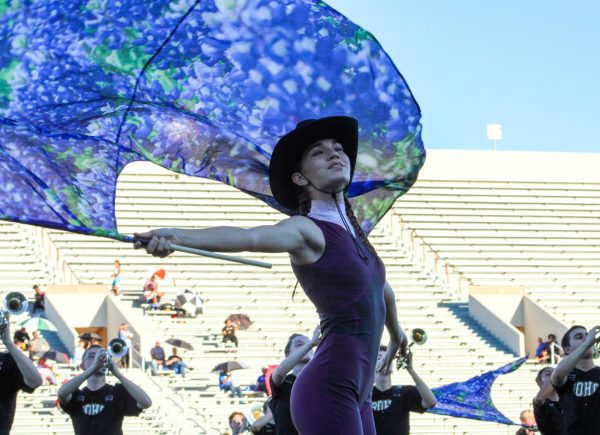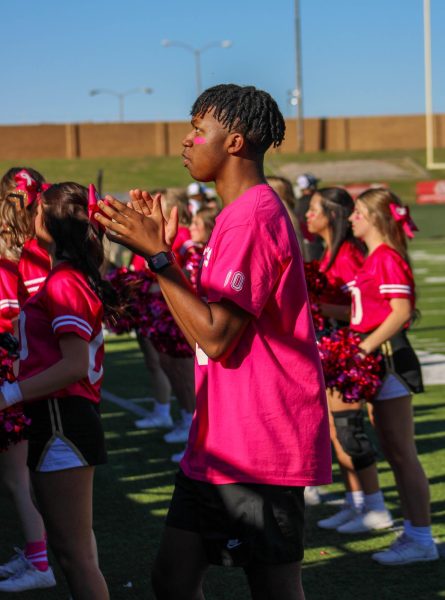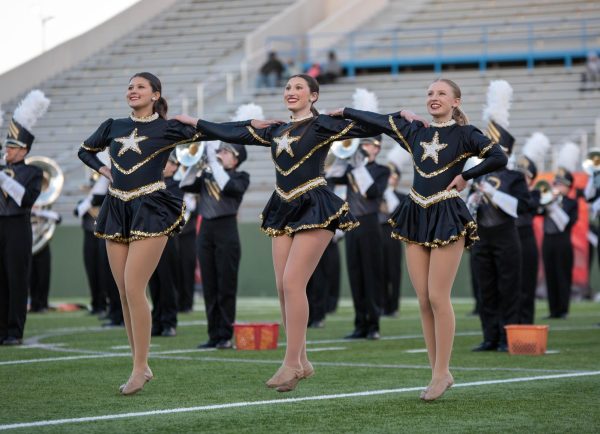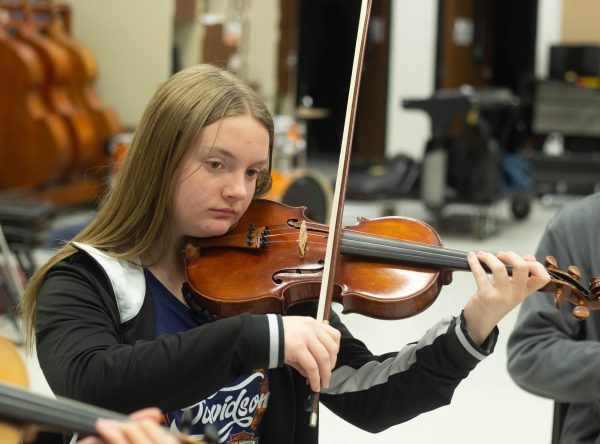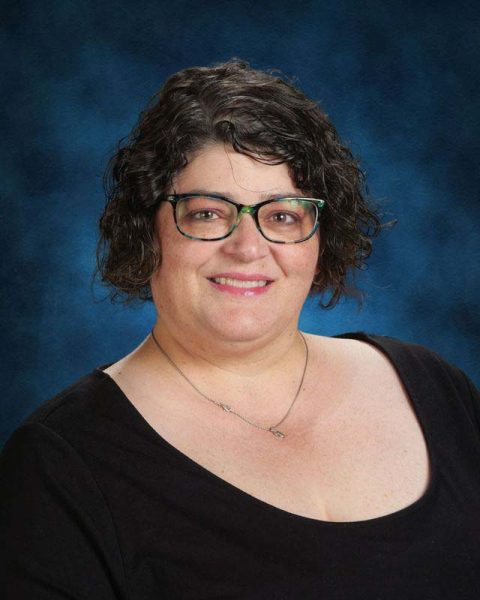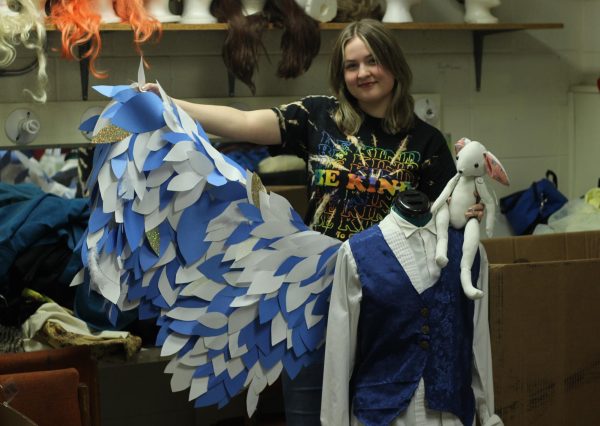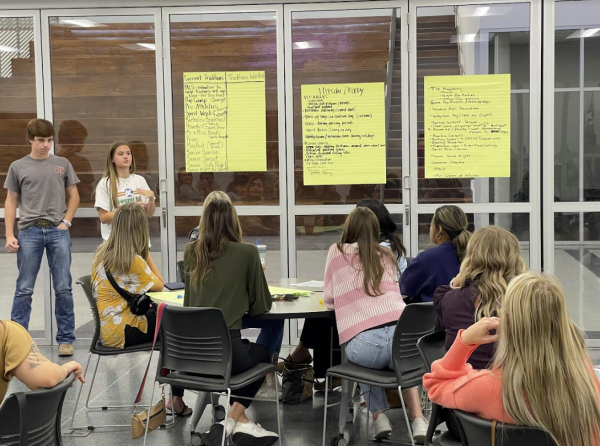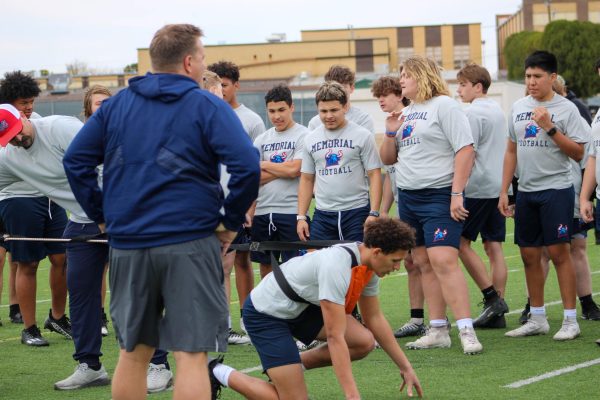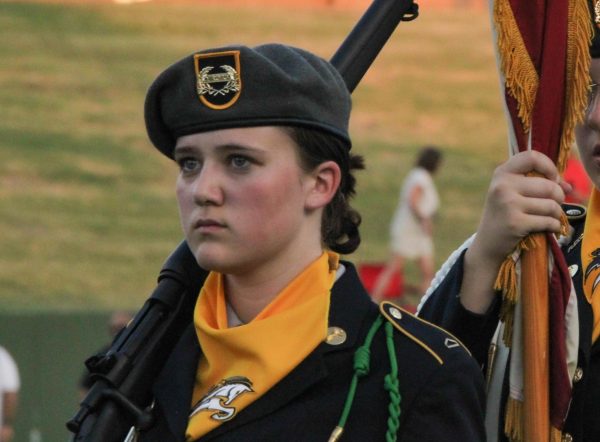Food: The Drive Could Kill
11:42.
That’s the time that sophomore Arianna Garza and junior Rebecca “Becca” Harry have to return to school from lunch.
As they arc around corners at breakneck speeds, occasionally squealing tires, and accelerating through yellow lights. They remember their mission: get something to eat, have conversations, don’t be late.
But no time for that now. As they pull into the Mc- Donald’s parking lot, they swing into a space as Garza grips the car handle with white knuckles. They race inside and order their chicken nuggets $4.99, salad at $4.79, fries, $2.98, and drinks, $2.98, pay their $15.74 total, locate a table, and sit down to enjoy their meal together.
They wait until 11:34, then slowly get up, throw away their trash, and then crawl into the vehicle that will take them to their next 3 hours of torture.
But soon, the tranquil moment they shared over lunch is gone as they fly through lunch traffic, weaving in and out of slow-moving cars.
They pull into Rider’s parking lot at 11:40.
As they part ways for the afternoon, Becca’s tired car seems to release a sigh of relief as if to say “finally.” The two girls walk briskly to their classes and slide into their seats just as the bell rings.
Another day down, another lunchtime mission accomplished. 11:42.
Lunchtime at Rider is, and always has been, a constant blend of activity. Between the bustling lunch ladies in the snack-line to the quiet roar of students’ conversations, there is never a dull moment in the cafeteria or student center of Rider. But many students have chosen to vacate Rider for the 38-minute period and eat fast-food or food they have pre-ordered.
But this requires them to leave the campus, something that has been frowned up by our “closed campus”. Forcing many, like Garza and Harry, to be in a constant rush to and from Rider.
Along with their struggle to get somewhere and eat, they must “also have time to sit and talk”Garza said, “we’re really pressed for time at lunch…and that’s the only time [we] get to see [each other]”.
Garza and Harry have had many close scrapes in their lunchtime encounters.
“One time [when Harry] decided…she was going to go really fast and tried to beat…a bunch of traffic,” Garza said. “We ran up a curb and skid against the front of a stop sign. I almost peed myself I was so scared.”
Some students and administrators question the reasoning behind going out to lunch, saying “Why go out to lunch when you have perfectly good food here at school?”. The answer is simple:
“There are healthy foods that taste good and then there are healthy food that doesn’t taste good [like ours]” Junior Emily Sledge said.
School food is “all processed and made using unnatural things. Just because something is low calorie doesn’t mean its good for you.” Junior Calista Mclagan said, “Fats aren’t necessarily bad for you. You need certain proteins, but the school cafeteria doesn’t do that”.
The snack-line is notorious for “whole wheat” options in everything from calzones to the bread that goes with chicken, the missing chocolate drop at the end of every cookie cone, and the one vegetable rule where even pizza counts.
Junior Dane Case said he feels chips and other “reduced fat stuff is totally stupid. People] are going to eat a whole bunch of them anyway, so if [they] are going to eat them, [they] might as well have a full, good chip.”
The cafeteria also has a no-soda policy, instead offering water, 5 calorie lemonade, and minuscule Powerades.
Case said he “…think[s] its really dumb. By this time of the day…I am exhausted. I take all AP classes and I don’t want to just drink water or light lemonade. I need to…feel like I can finish the day”.
Along with her social desires, Garza has another reason she can’t eat in the cafeteria or snack line. “I’m actually not allowed to have wheat or gluten, so I’m not allowed to have a lot of foods the cafeteria serves. Since my diet is so special, I can’t really eat here at school,” Garza said.
Our school that is dedicated to working to end unhealthy eating habits is now under fire for working to hard. However, students don’t know who to blame.
“I don’t think it’s the lunch ladies fault, because they don’t really have a choice on what they serve” Sledge said.
Some students have their own solutions to this problem.
“In small amounts, nothing’s really bad for you. they should limit the amount that they give us instead of limiting the food group altogether,” Garza said.
Other students, like Becca Harry, feel the school should abandon their so-called healthy eating and offer outside vendor options.
Regardless of the final decision, students are beginning to feel that something about Rider’s food situation must be done.
“If [food] doesn’t taste good, I’m not going to eat it,” Sledge said.

